In the constantly evolving world of automotive design, innovation often walks a fine line between genius and absurdity. Some car features, while initially perceived as unusual or impractical, have proven to be visionary. Let’s explore ten unconventional car designs that defied expectations and found their place in automotive history.
Gullwing Doors
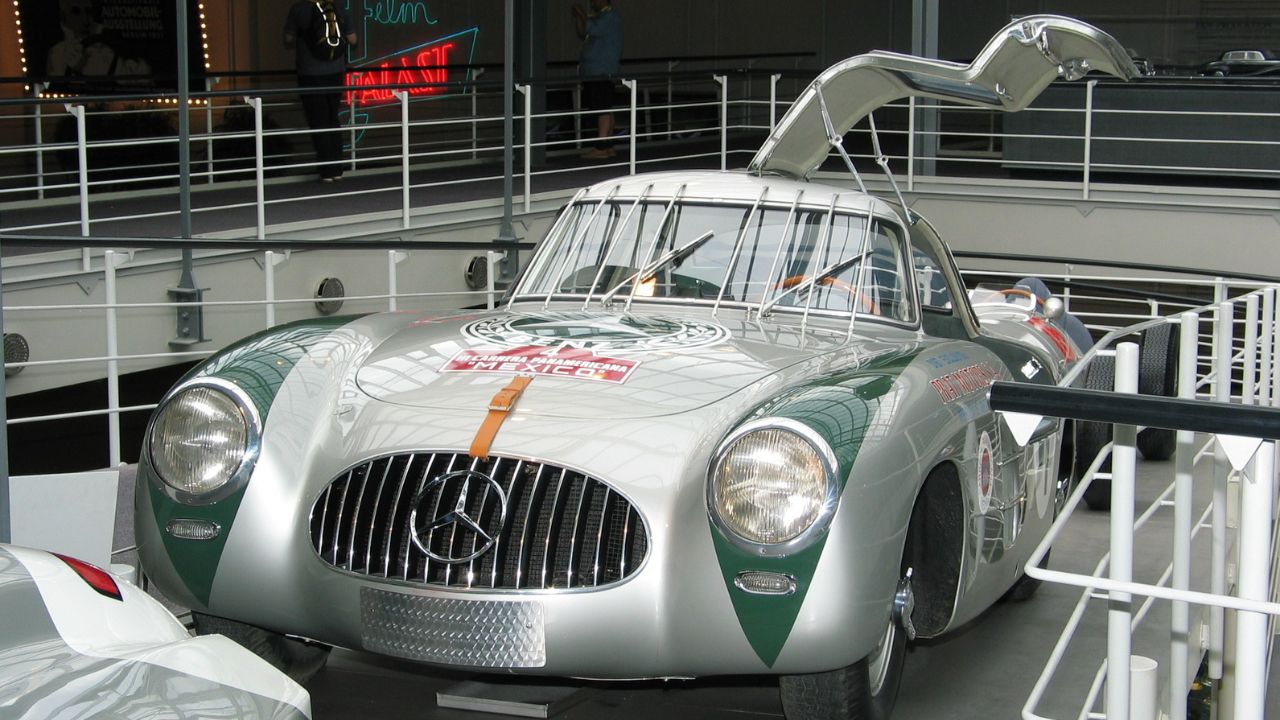
Gullwing doors, characterized by their upward-swinging panels, were first introduced to the public with the 1952 Mercedes-Benz 300SL. This design choice not only added an element of dramatic flair but also provided practical benefits in tight parking situations. The gullwing doors allowed for easier entry and exit in confined spaces, a feature that resonated with urban drivers.
The legacy of gullwing doors continues in modern sports cars like the Tesla Model X and the Mercedes-Benz SLS AMG. Despite initial skepticism, these doors have become synonymous with luxury and innovation, cementing their place in the hearts of car enthusiasts worldwide.
Rear-Mounted Engines

Rear-mounted engines, where the engine sits behind the rear axle, have been a staple in some of the most iconic vehicles. The Porsche 911, introduced in 1964, is perhaps the most famous example. This design choice provides better traction and weight distribution, enhancing performance, especially in sports cars.
The Volkswagen Beetle is another classic example that utilized a rear-mounted engine to create a compact, efficient, and affordable vehicle. Despite initial concerns about handling, the design has proven its worth over decades, particularly in providing a unique driving experience.
Swivel Seats
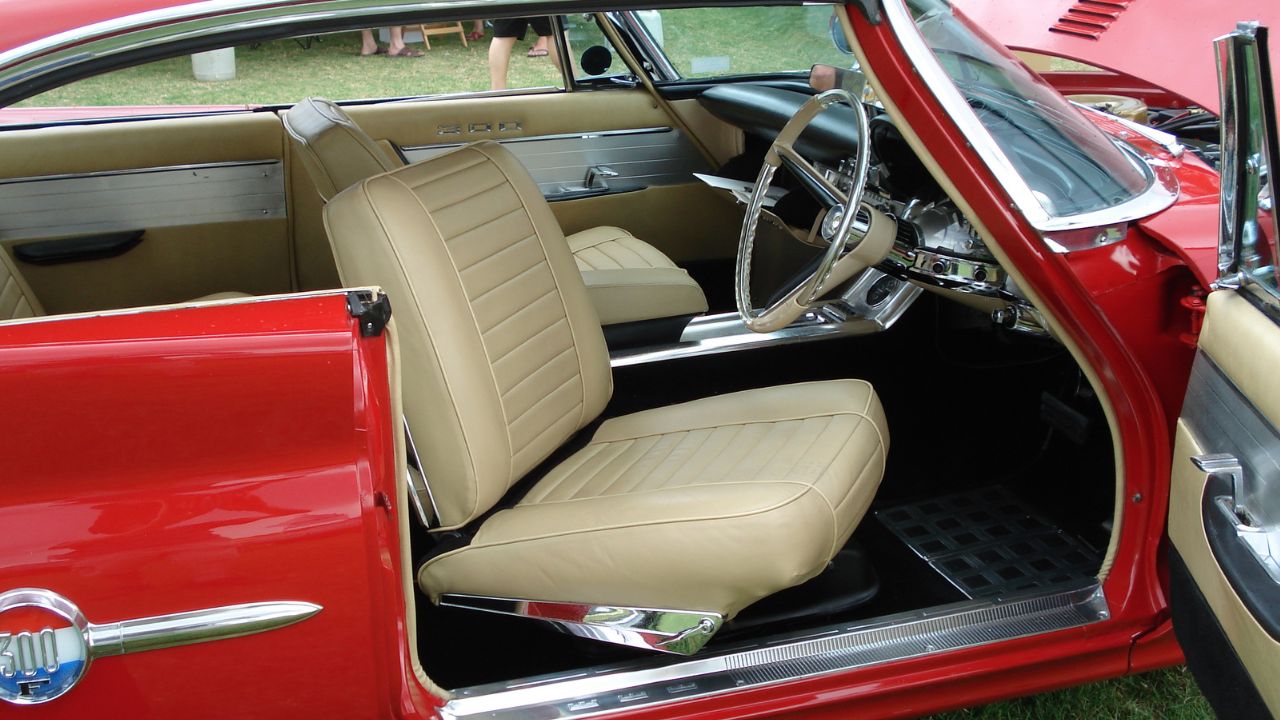
Swivel seats, although not commonly seen today, were a popular feature in mid-century American cars like the 1959 Chrysler Imperial. These seats allowed passengers to rotate and face each other, creating a more social and accessible environment within the vehicle.
While the practicality of swivel seats has been debated, they offered a glimpse into a more flexible and versatile interior design. Modern minivans and SUVs have adopted similar concepts with rotating captain’s chairs, showing that the idea still holds value in enhancing passenger interaction and comfort.
Transparent Roof Panels
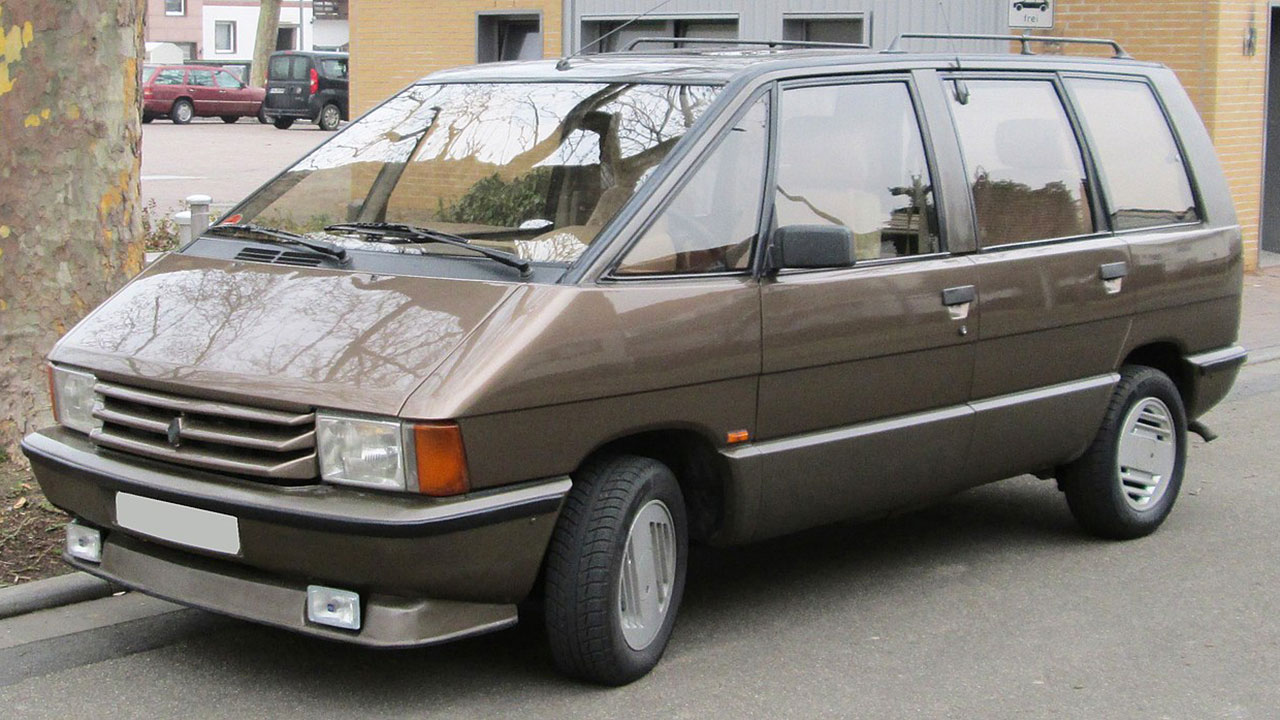
Transparent roof panels, often referred to as panoramic roofs, offer a stunning view of the sky while allowing natural light to flood into the cabin. The 1984 Renault Espace was an early adopter of this feature, transforming the interior ambiance of the vehicle.
Today, panoramic roofs are common in luxury vehicles such as the Tesla Model S and the Range Rover Evoque. They add a sense of openness and luxury, proving that this initially unusual design choice has become a sought-after feature for many car buyers.
Pop-Up Headlights
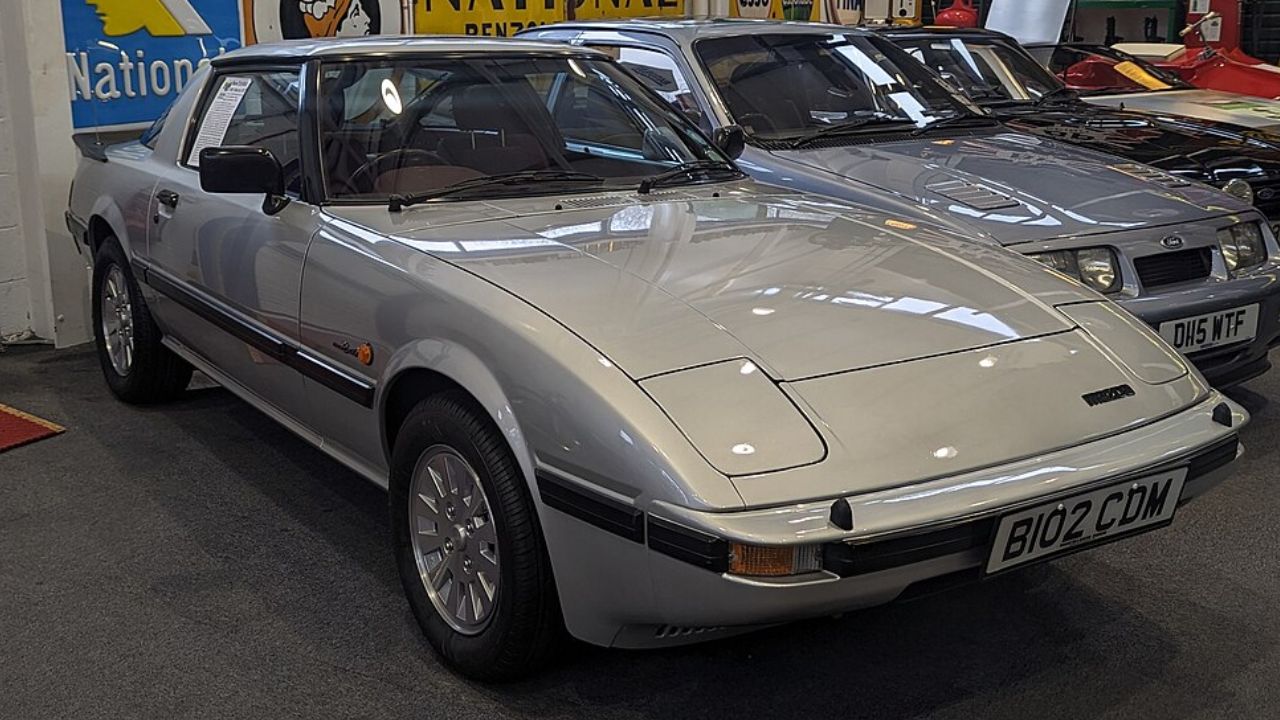
Pop-up headlights were a hallmark of automotive design from the 1960s to the 1990s. Notable models like the Mazda RX-7 and the Chevrolet Corvette C4 utilized this feature. Pop-up headlights provided a sleek, aerodynamic look when retracted, reducing drag and enhancing performance.
Though the feature has largely disappeared due to modern safety regulations, pop-up headlights remain a beloved quirk of classic cars. Their ability to transform a vehicle’s appearance with a simple mechanism captured the imagination of car enthusiasts and left a lasting legacy.
Asymmetrical Design
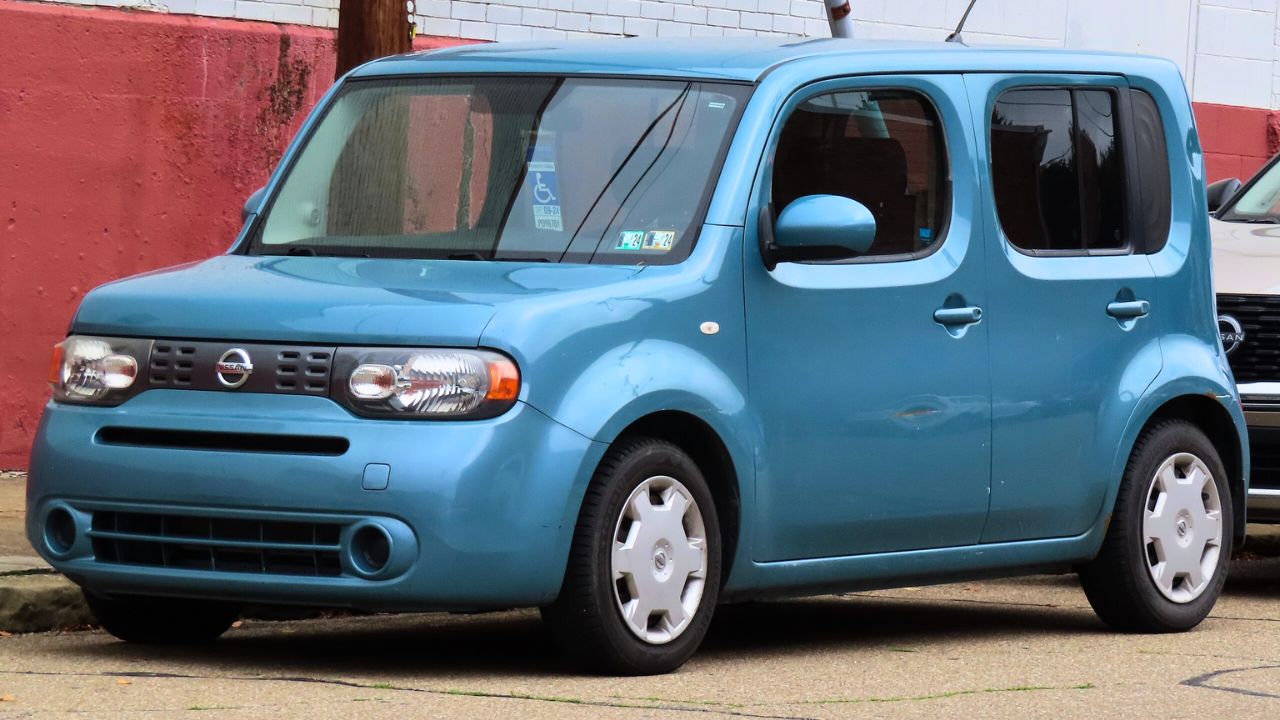
Asymmetrical design in cars is rare, but it has been attempted with models like the 1960s Nissan Cube. This unique design featured an offset rear window, providing better visibility for the driver and a distinctive look.
While not widely adopted, the asymmetrical approach challenged conventional design norms and demonstrated the potential for creativity in automotive aesthetics. The Kia Soul’s boxy yet functional design hints at this concept, showing that breaking symmetry can lead to innovative solutions in car design.
Minimalist Interiors
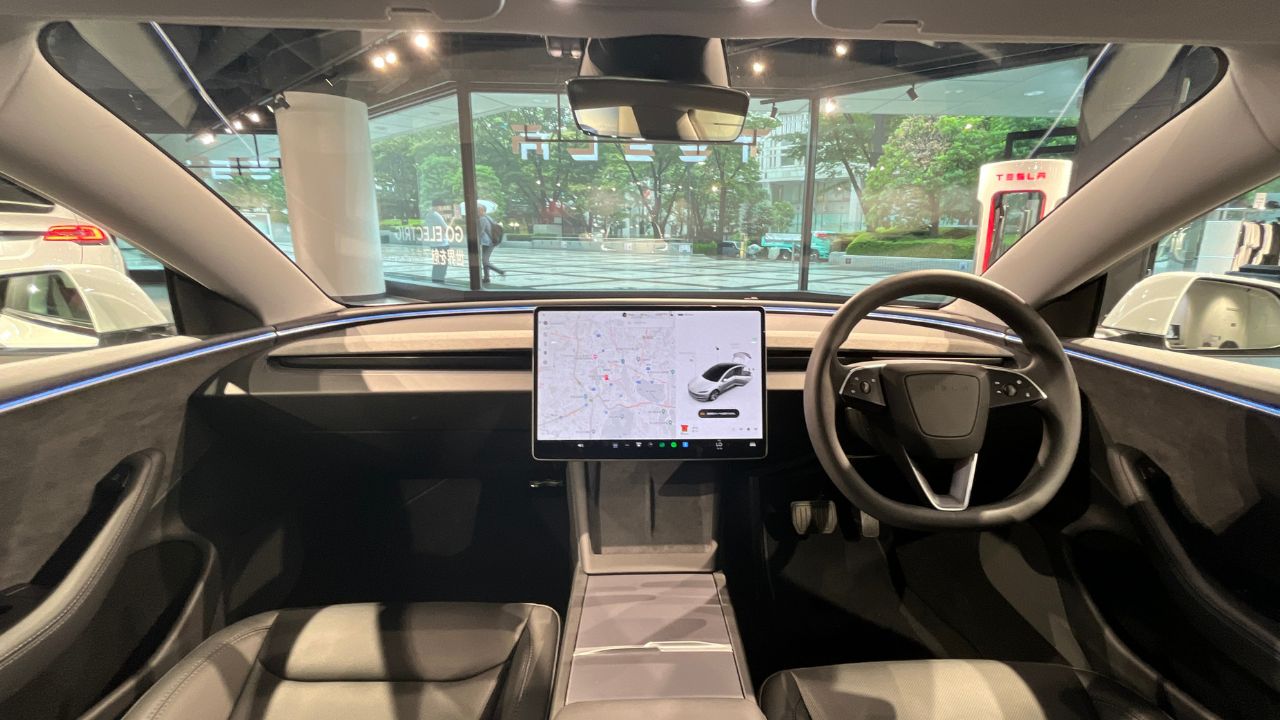
Minimalist interiors focus on simplicity, functionality, and the use of high-quality materials. The Tesla Model 3 epitomizes this approach with its sleek dashboard, dominated by a single touchscreen interface, removing traditional dials and buttons.
This design choice creates a clean and modern look while emphasizing the technology-driven nature of electric vehicles. The success of minimalist interiors in Tesla’s lineup has influenced other manufacturers to adopt similar approaches, signaling a shift towards more streamlined and intuitive cabin design.
Suicide Doors
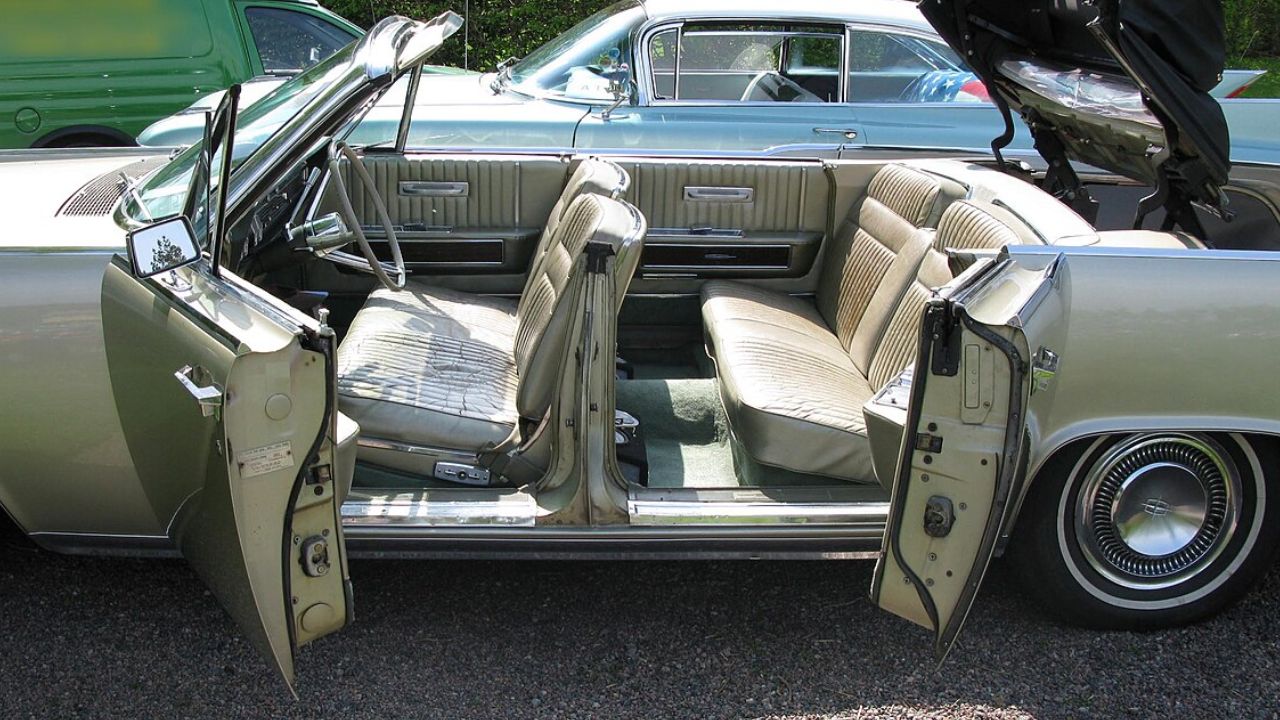
Suicide doors, which hinge at the rear rather than the front, were famously used in luxury vehicles like the 1961 Lincoln Continental. This design allows for easier access to the rear seats and adds a touch of elegance and sophistication.
Despite their controversial name, suicide doors have seen a resurgence in models like the Rolls-Royce Phantom and the BMW i3. Their unique functionality and aesthetic appeal continue to attract attention, proving that this unconventional design choice still has a place in modern automotive design.
Rotary Engines
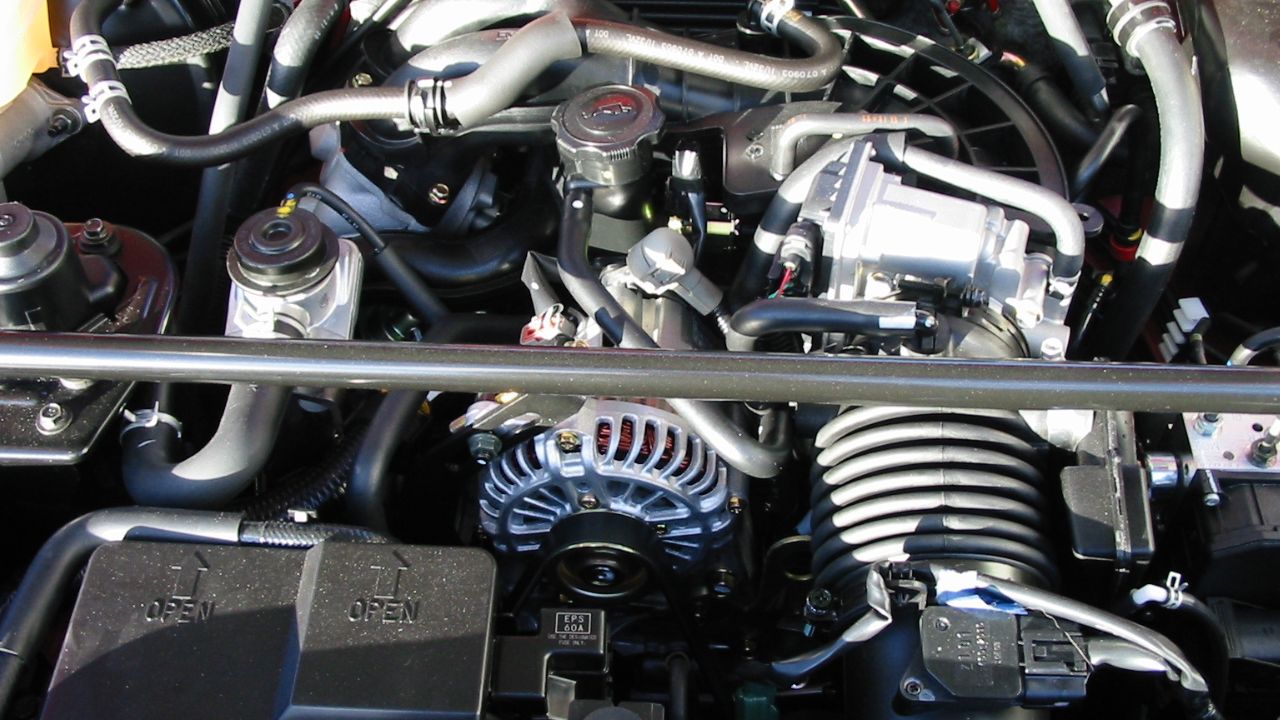
The rotary engine, also known as the Wankel engine, is a type of internal combustion engine that uses a rotary design to convert pressure into rotating motion. The Mazda RX-7 and RX-8 are well-known examples that utilized this technology for a compact, lightweight, and smooth-running powertrain.
While less fuel-efficient than traditional piston engines, the rotary engine offers a unique power delivery and sound that set these cars apart. Mazda’s commitment to this technology showcases its potential and enduring appeal despite its challenges.
Three-Wheeled Configuration
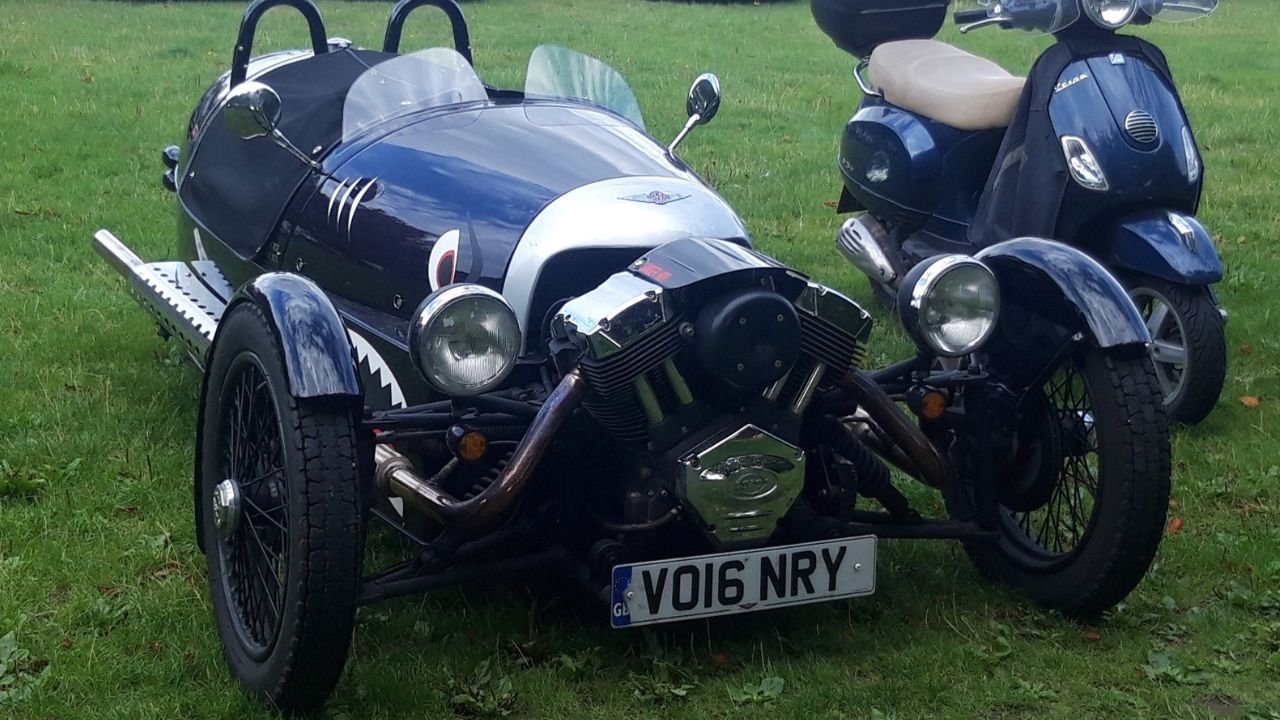
Three-wheeled vehicles have often been dismissed as impractical, but models like the Morgan 3-Wheeler and the Polaris Slingshot have found success by offering a unique driving experience. These vehicles provide the thrill of a motorcycle with the stability of a car, appealing to a niche market.
The three-wheeled configuration allows for reduced weight and improved handling, offering an exhilarating ride. Despite their unconventional nature, these vehicles have carved out a special place in the automotive world, showcasing the potential of thinking outside the box.
Like Fast Lane Only’s content? Be sure to follow us.
Here’s more from us:
*Created with AI assistance and editor review.

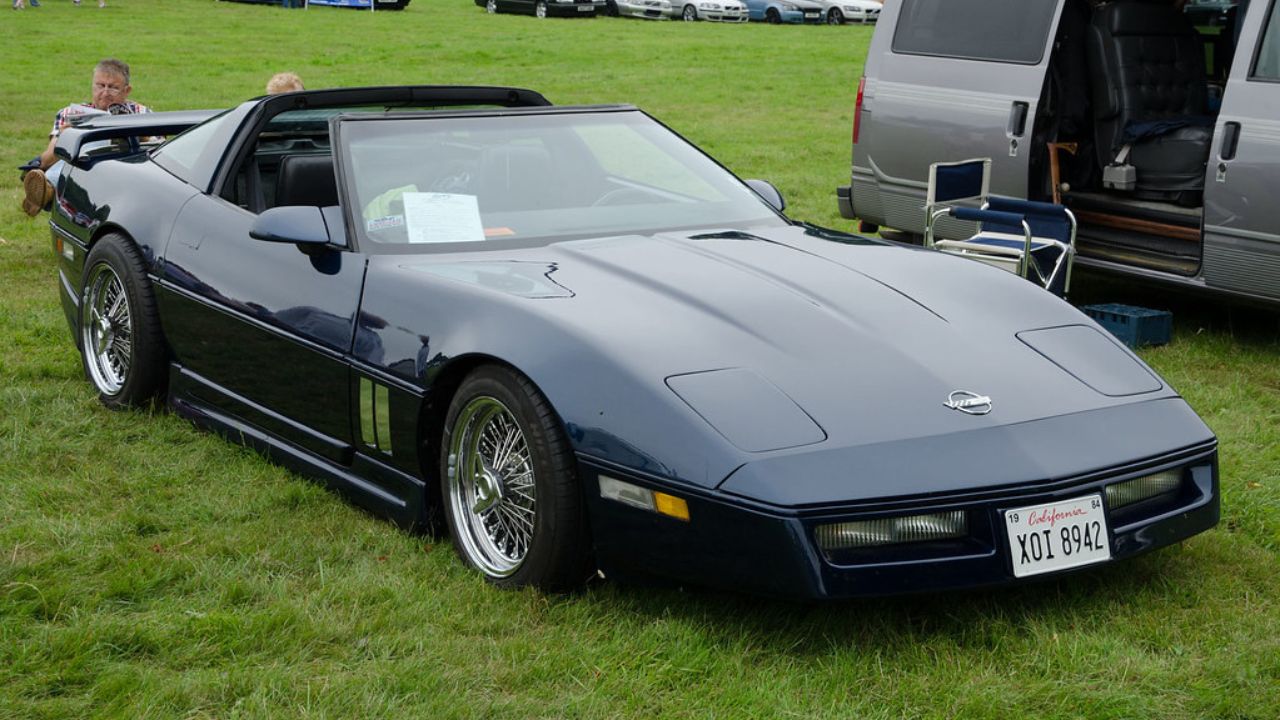
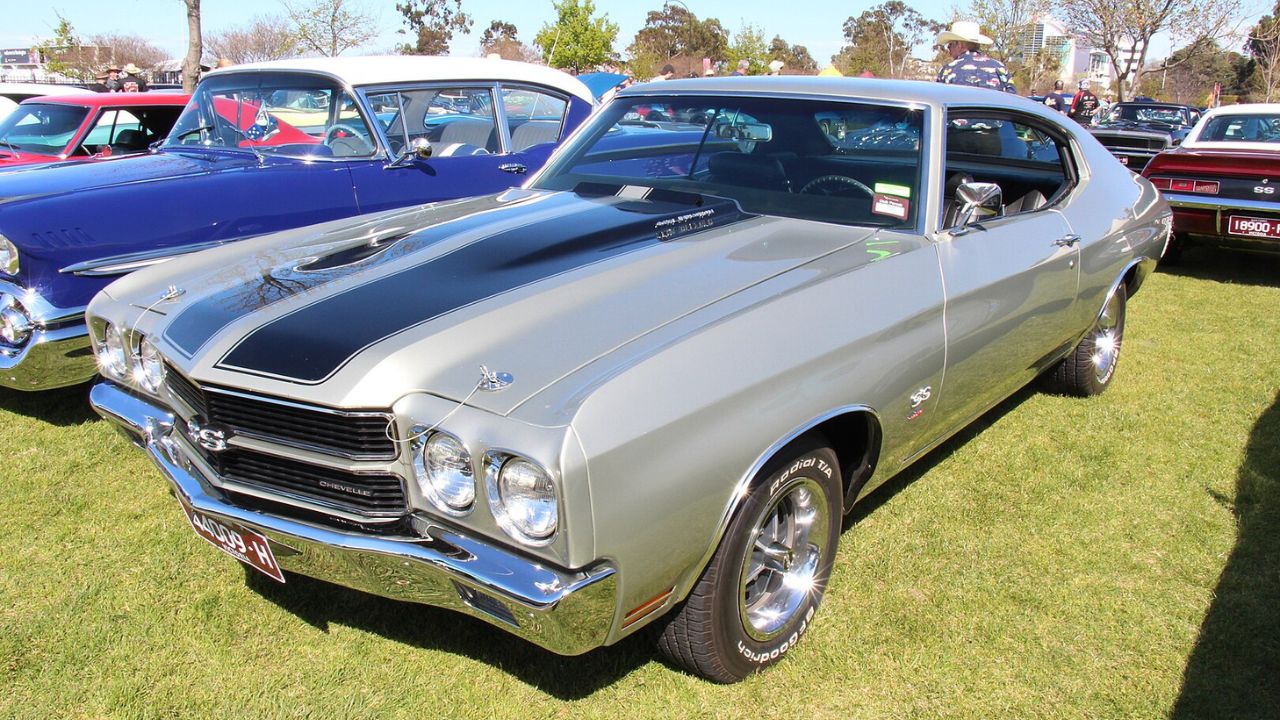
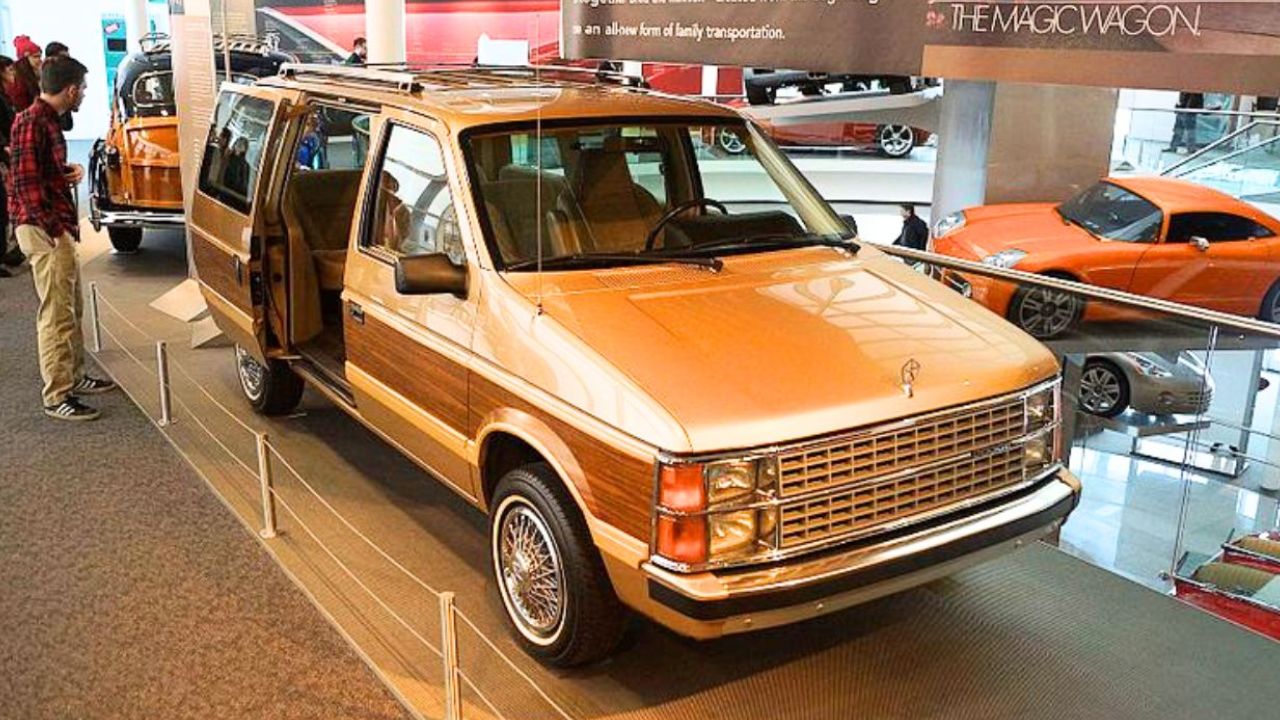
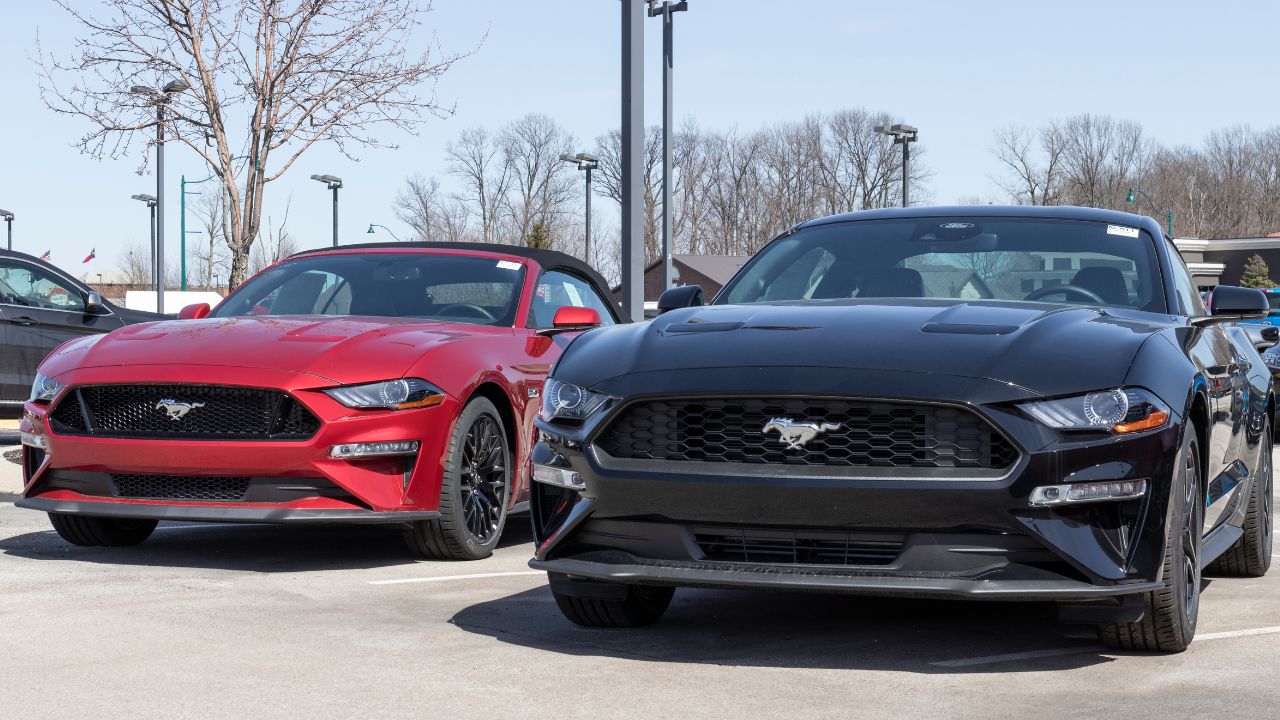

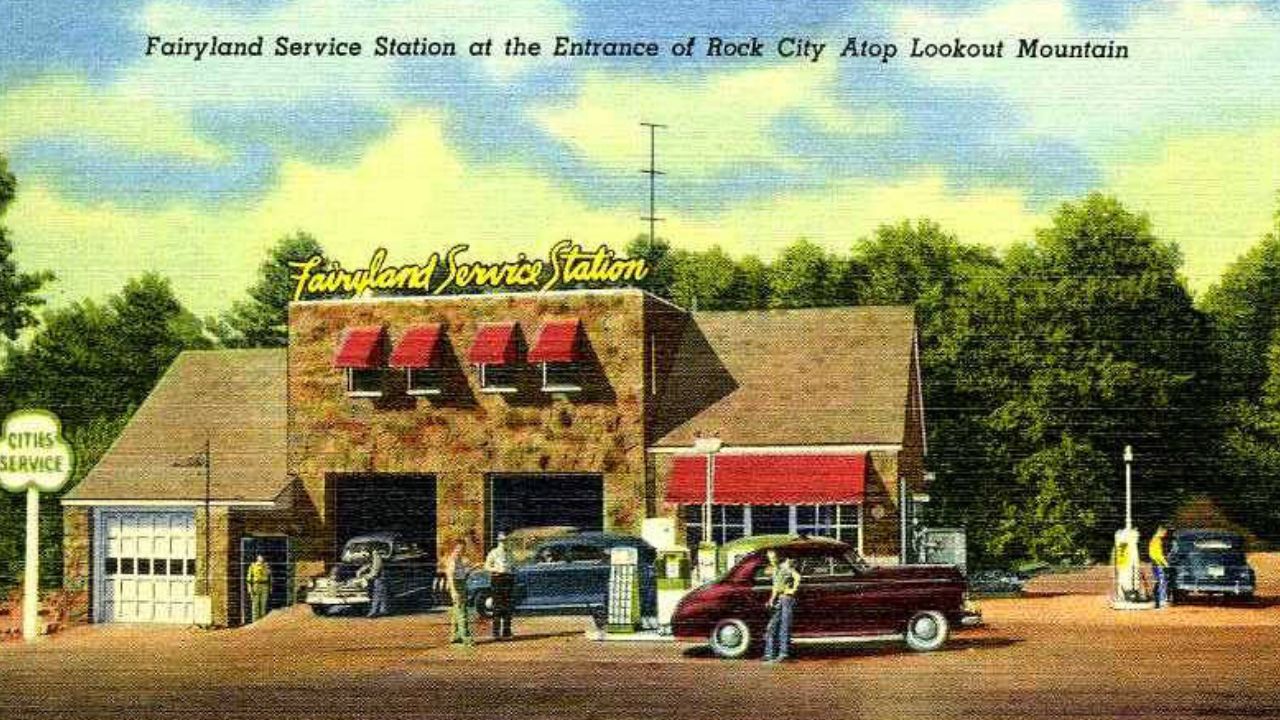
Leave a Reply